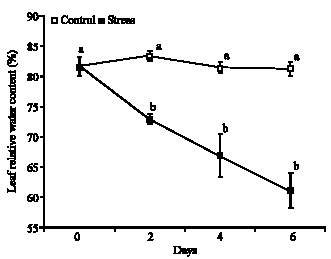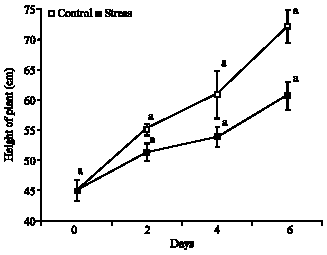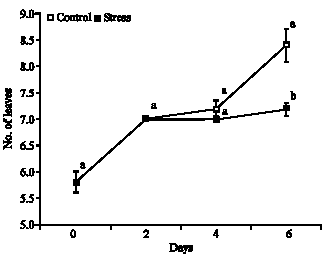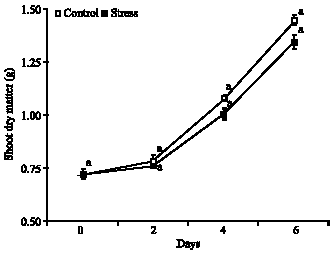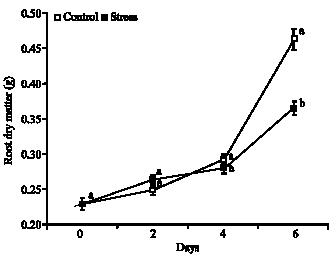Research Article
Morphological Changes in Soybean under Progressive Water Stress
Instituto de Ciencias Agrarias, Universidade Federal Rural da Amazonia, Belem, Brazil
R.C.L. Costa
Instituto de Ciencias Agrarias, Universidade Federal Rural da Amazonia, Belem, Brazil
C.F. Oliveira Neto
Instituto de Ciencias Agrarias, Universidade Federal Rural da Amazonia, Belem, Brazil
B.G. Santos Filho
Instituto de Ciencias Agrarias, Universidade Federal Rural da Amazonia, Belem, Brazil
F.J.R. Cruz
Instituto de Ciencias Agrarias, Universidade Federal Rural da Amazonia, Belem, Brazil
J.M.N. Freitas
Instituto de Ciencias Agrarias, Universidade Federal Rural da Amazonia, Belem, Brazil
F.C. Cordeiro
Instituto de Ciencias Agrarias, Universidade Federal Rural da Amazonia, Belem, Brazil









